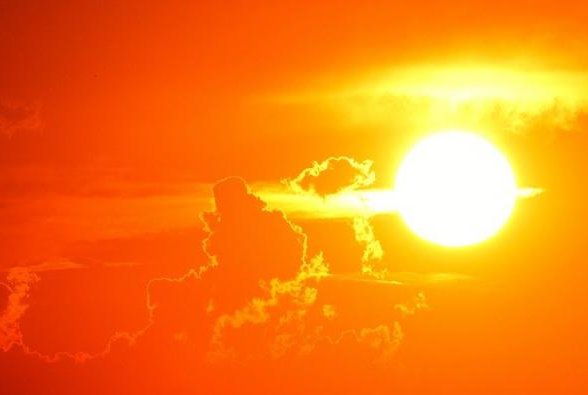Researchers say that upcoming space missions -- including planned trips to the moon -- will need to consider an expected increase in solar storms in the coming years. Photo by
Alexas_Fotos/Pixabay
May 20 (UPI) -- Artemis mission delays could put NASA astronauts in the path of major solar storms, according to new research.
NASA is currently slated to send a crewed mission to moon in 2024, but the Artemis mission timeline is behind schedule and underfunded, and it looks likely that target date will be pushed back by at least a year.
According to a new study, published Thursday in the journal Solar Physics, significant delays could increase the chances astronauts encounter major solar storms.
When researchers at the University of Reading analyzed 150 years of space weather data, they found major solar storms were more common earlier in even-numbered solar cycles and later during odd-numbered cycles.
The sun entered into an odd-numbered cycle in 2019, which means larger solar storms could began to arrive during the second half of the decade.
"Until now, the most extreme space-weather events were thought to be random in their timing and thus little could be done to plan around them," study author Mathew Owens said in a news release.
"However, this research suggests they are more predictable, generally following the same 'seasons' of activity as smaller space-weather events. But they also show some important differences during the most active season, which could help us avoid damaging space-weather effects," said Owens, a space physicist at the University of Reading.
Solar storms are caused by solar phenomena called coronal mass ejections.
When high-energy particles propelled by these eruptions of plasma collide with Earth and its magnetic field, they can harm astronauts, satellites and even knock out power grids.
During the sun's 11-year cycles, its magnetic north and south poles switch place. Each cycle features a solar maximum, when sun spots are plentiful and solar activity is greatest, as well as a quieter period, known as the solar minimum.
Solar maximum and minimum patterns correspond with moderate space weather, but because major space weather events are so rare, seasonal patterns are difficult to decipher.
The latest research suggests the solar cycle also influences major solar storm patterns, with large storms more likely to arrive during the early part of even-numbered solar cycles and latter half of odd-numbered cycles.
The sun is currently less than two years into cycle number 25.
Researchers estimate the newly identified solar storm pattern can be explained by the reversal of the sun's powerful magnetic field, which flips during solar maximum, causing it to point opposite Earth's magnetic field early in even cycles and late in odd cycles.
The message, according to the study's authors, is simple -- get satellite maintenance and power grid upgrades done sooner rather than later because any space mission launched beyond the next five years must account for the increased risk of extreme space weather.















